In the face of escalating global food demand and environmental challenges, China’s agricultural plant protection drone factories are spearheading a technological wave that’s transforming crop management. These factories are not just producing drones—they’re engineering intelligent, eco-friendly solutions to safeguard crops, optimize resources, and empower farmers worldwide. Let’s dive into how these innovations are redefining modern agriculture.
—
1. Precision Technology Meets Crop Protection
China’s leading plant protection drone factories integrate AI, IoT, and big data into every drone, creating tools that deliver unmatched accuracy:
– Targeted Spraying Systems: Drones use multispectral sensors to identify pest hotspots, diseases, and nutrient deficiencies. Nozzles adjust spray patterns in real time, reducing pesticide use by up to 50% while maximizing coverage.
– 3D Terrain Mapping: LiDAR-equipped drones create detailed field maps, enabling drones to navigate uneven landscapes and avoid collisions.
– Real-Time Data Analytics: Farmers receive instant reports on crop health, guiding decisions on irrigation, fertilization, and pest control.
This precision minimizes chemical runoff, protects pollinators, and ensures compliance with global sustainability standards.
—
2. Breaking Barriers to Efficiency
Agricultural drones from Chinese factories are designed for accessibility and scalability:
– High-Capacity Battery Systems: Fast-charging batteries enable 8–10 hours of continuous operation, ideal for large-scale farms.
– Modular Design: Swappable payloads allow drones to switch between spraying, seeding, and imaging modes, maximizing versatility.
– Cost-Effective Manufacturing: Automated production lines reduce costs, making advanced plant protection technology affordable even for smallholder farmers.
With labor shortages affecting 60% of developing nations, these drones fill the gap, treating acres in minutes instead of hours.
—
3. Sustainability-Driven Innovation
China’s drone factories prioritize eco-conscious practices:
– Reduced Carbon Footprint: Electric drones eliminate exhaust emissions, cutting greenhouse gases by 60% compared to diesel-powered machinery.
– Biodegradable Materials: Factories use recyclable components and soy-based plastics in drone construction.
– Smart Resource Management: AI algorithms calculate optimal pesticide dosages, preventing overuse and preserving soil health.
These efforts align with China’s “Dual Carbon” goals and global initiatives like the Paris Agreement.
—
4. Empowering Global Agriculture
Beyond hardware, Chinese factories invest in education and infrastructure:
– Farmer Training Hubs: Free online courses and workshops teach operators to manage drones and interpret data.
– After-Sales Networks: 24/7 technical support and spare parts availability ensure minimal downtime.
– Financing Solutions: Pay-as-you-go models and subsidies make drones accessible in rural communities.
By democratizing agri-tech, these factories bridge the gap between tradition and innovation, fostering resilient farming ecosystems.
—
5. Shaping the Future of Farming
As climate change intensifies, China’s plant protection drone factories are leading the charge toward smart agriculture. Their drones offer a triple win: higher yields, lower costs, and greener practices.
Imagine a world where every farmer, regardless of scale, can protect crops with surgical precision. That’s the reality these factories are building—one flight at a time.
—
Meta Description: Discover how China’s agricultural plant protection drone factories are revolutionizing crop management with AI-driven drones, sustainable practices, and scalable solutions. Enhance yields, cut costs, and safeguard your farm’s future.
THE END
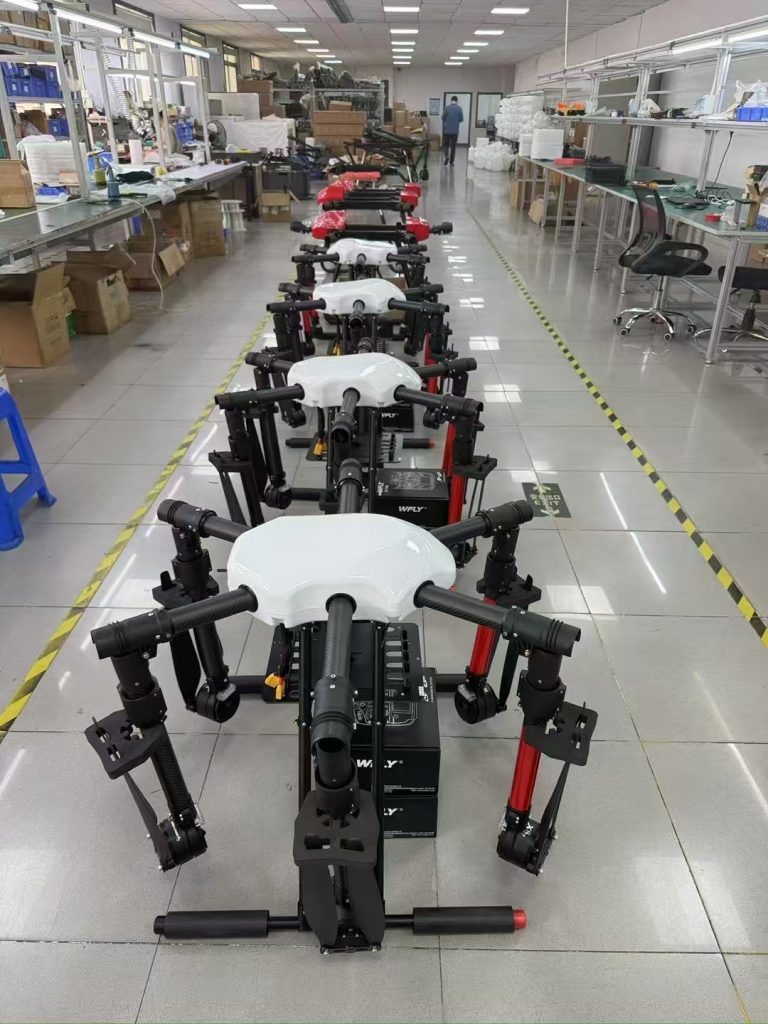

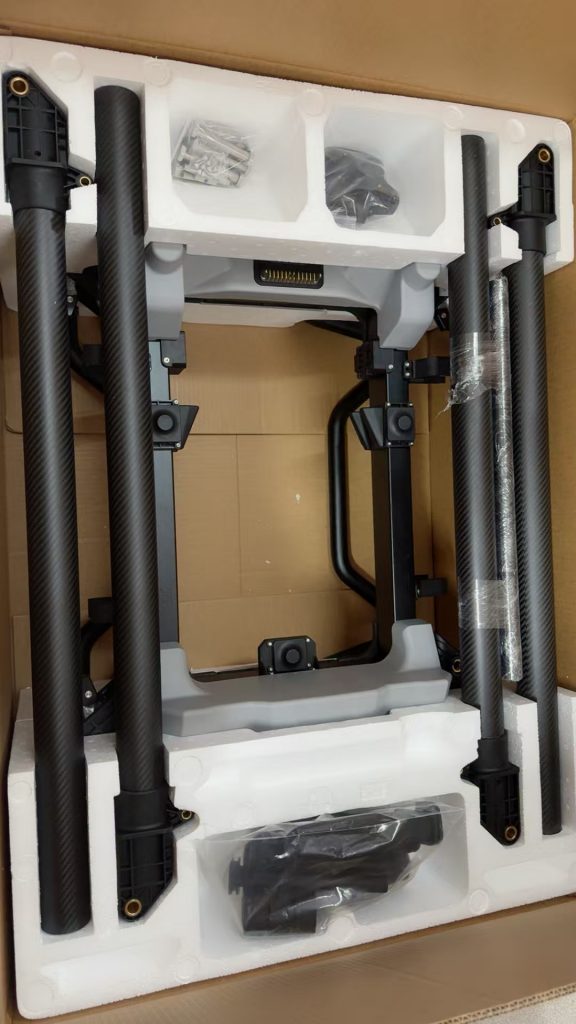
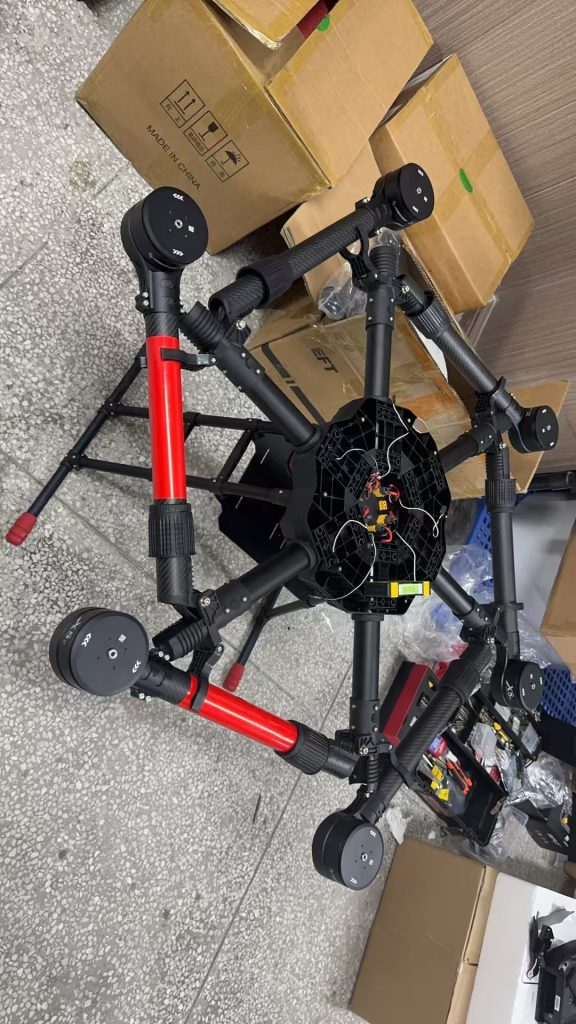
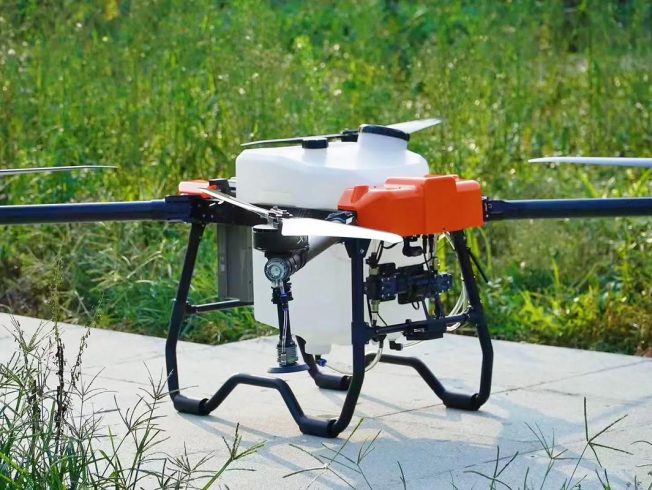

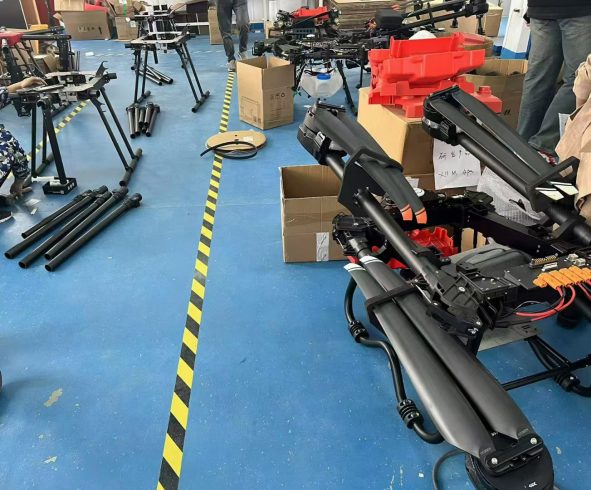




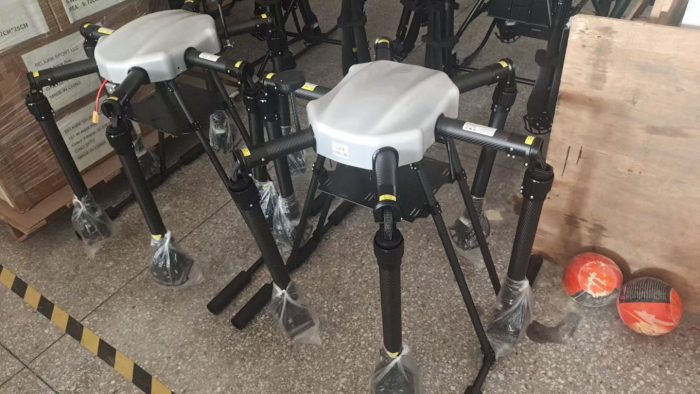



暂无评论内容